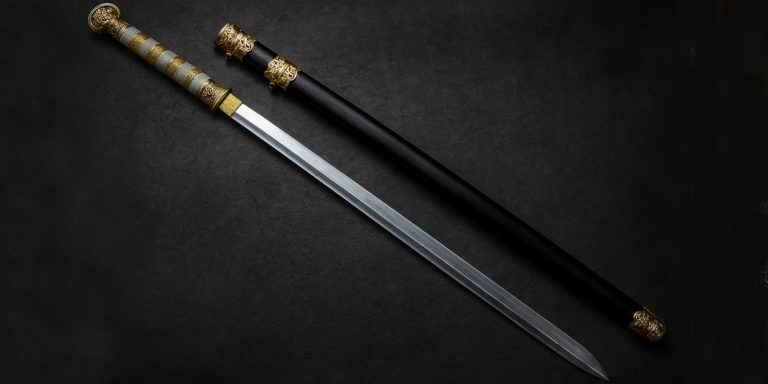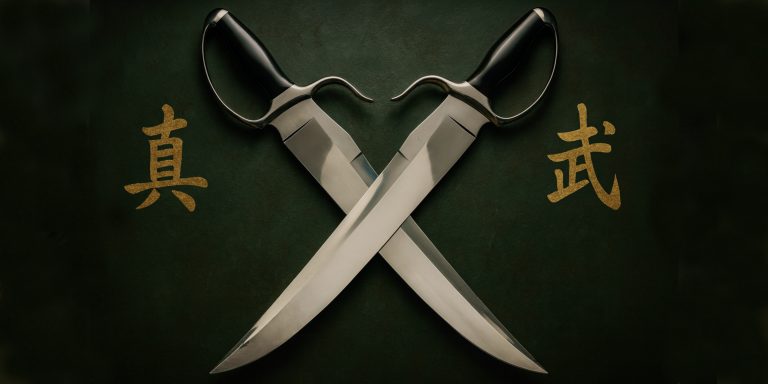The Liuyedao (literally “willow leaf saber”) emerged as a defining single-edged blade in late imperial China, widely...
Asian Swords
Asian swords have a rich history that spans millennia, with each culture across Asia developing its own unique styles and techniques. These swords not only served as weapons of war but also as symbols of status, craftsmanship, and cultural identity.
Historical Context and Development The Ssangdo (쌍도), translating as “twin swords,” emerged during Korea’s Joseon Dynasty (1392–1897)...
The Zhanmadao, or “horse-cutting saber,” was a formidable two-handed sword developed in ancient China to counter cavalry...
The samurai carried two swords, a practice known as “daisho,” which refers to the pair of swords...
The Hwandudaedo (환두대도), or “ring-pommel sword,” stands as one of Korea’s most distinctive weapons from the Three...
From the elegant katana of Japan to the formidable dao of China, Asian swords are celebrated for...
The kris stands apart among the world’s edged weapons. This distinctive asymmetrical dagger, with its sinuous blade...
The butterfly sword (Chinese: 蝴蝶刀, Hudiedao) represents a distinctive class of short-bladed weapons originating from southern China’s...
The tachi (太刀) stands as one of Japan’s most significant sword designs, originating during the Heian period...
Historical Development and Regional Variations The talwar emerged as the dominant curved sword of the Indian subcontinent...










